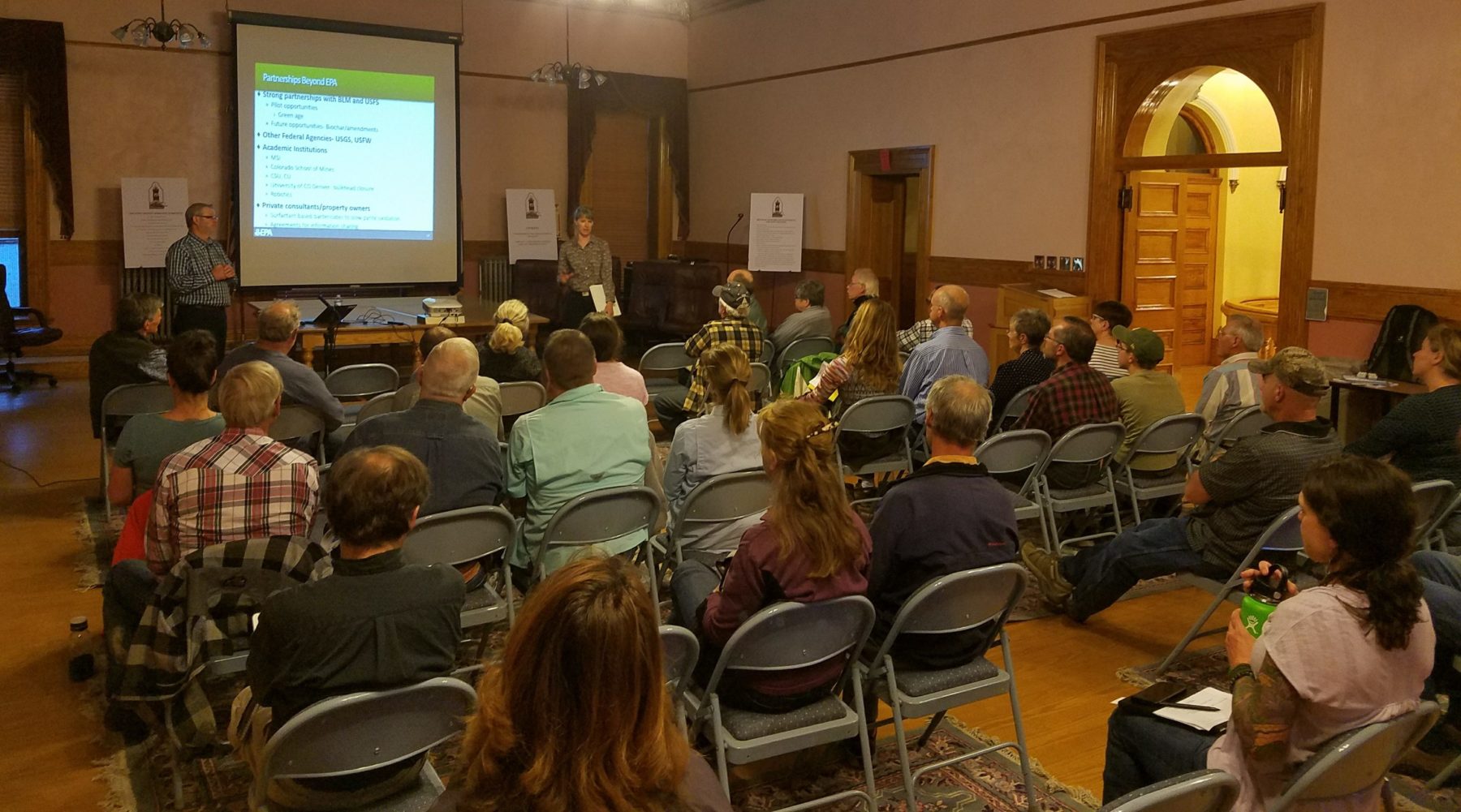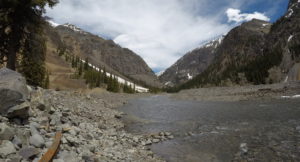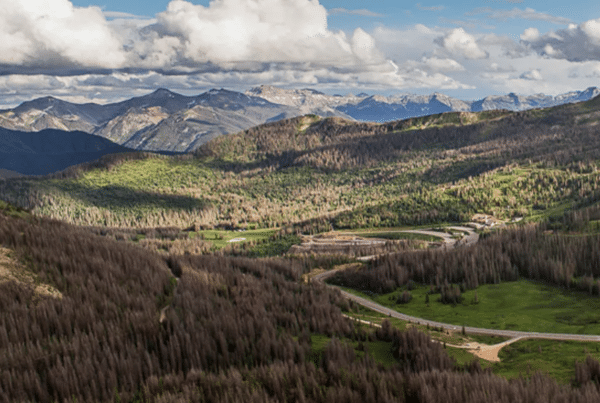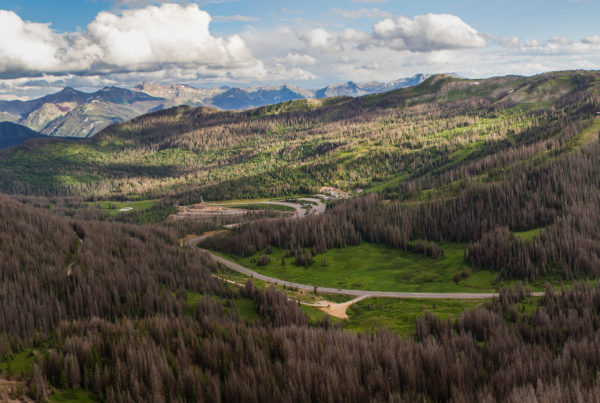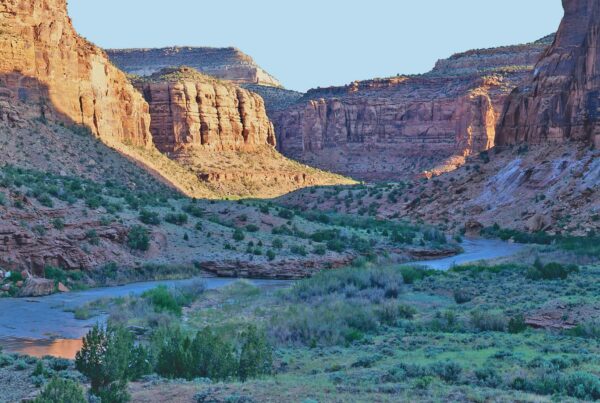What’s going on?
Earlier in July, the Superfund team completed surface water sampling from the Upper Animas River, Cement Creek, and Mineral Creek as part of their ongoing study of our river’s headwaters. The samples will be analyzed for metal concentrations, alkalinity, anions, and stable isotopes and the results will be used to guide the team’s priorities for clean up at the site. As part of a human health risk assessment, the team also collected plant tissue from willows to be analyzed for total metal concentrations.
Other actions slated for the remainder of this summer include:
- The drilling of monitoring wells near the Mayflower Mill tailings to better understand groundwater movement near waste piles.
- Installation of a flow control structure near the entrance of the Level 7 Gold King Mine adit to redirect flows from potential collapses deeper inside the mine.
- Construction of a horizontal monitoring well between the historic Gold King Mine adit (driven in the late 1800s) and the new adit (driven in the 1980s), to gain a better understanding of the amount of water contained within the underground mine workings.
- Construction of an earthen berm outside the historic Gold King Mine adit as an additional protection against unanticipated discharge.
- Installation of a pressure gauge at the Mogul bulkhead.
- Completing adit repairs and bulkhead inspections at the American Tunnel.
- Installation of monitoring wells at the Pride of the West mine tailings.
- Maintenance activities to redirect discharge from the Red & Bonita Mine away from waste rock piles.
These projects are anticipated to be completed by the end of November 2017.
Digging Deeper at Bonita Peak: Innovative Technologies
Earlier this week, Steve Dymet from EPA’s Office of Research and Development gave a presentation at the Silverton Town Hall on technologies that could potentially be put to use at the Bonita Peak Superfund Site.
The highly technical presentation covered dozens of technologies from high resolution modeling of mine sites and soil sampling using x-ray fluorescence to biochemical reactors, anaerobic wetlands, and variations on the lime neutralization process currently being used to treat Gold King Mine drainage at Gladstone.
The EPA plans to make the presentation publicly available via their website, where you’ll also find background information, sampling and monitoring data, and links to community resources.
While this latest presentation was interesting and gave a comprehensive list of potentially useful tools, the EPA admitted near the end of the meeting that formal programs used to evaluate these new and innovative technologies are no longer funded, and there’s uncertainty as to whether such programs will exist in the future.
Funding
Later this summer, we’ll be taking a closer look at the funding the EPA is expected to receive and how those funds will be put to use at our Bonita Peak Superfund Site and at Superfund sites across the country. Adequate funding of the Superfund program and the EPA, in general, is essential for protecting our nation’s air, water, and land. San Juan Citizens Alliance will be demanding that the Trump administration and EPA chief, Scott Pruitt, not shortchange the agencies and programs designed to help keep people, and our environment, safe and healthy.
Stay tuned! And check out our Animas River Webpage for more.

